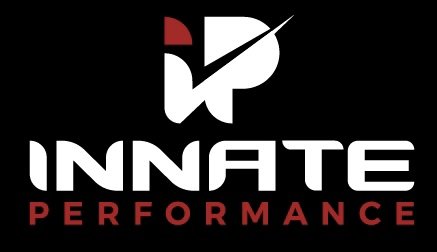How to measure success in training other than adding weights
Success on your fitness journey can be measured in a number of ways, so if you’re not always seeing improvement in the amount of weight you’re using for a particular exercise, or the scale not always moving in the direction you’re shooting for, don't worry!
In order to improve in training, our muscles have to constantly be pushed to do more total work than previously accomplished, otherwise we reach a plateau. This is what we call a progressive overload, which stimulates muscle growth and is defined as an increase of resistance, reps, sets and overall work that the muscles are placed under that leads us to make the progress were seeking in the gym. In order to ensure we are successfully targeting this approach, we must always track our numbers being used in the gym and cycle them appropriately. However, a resistance overload is not the only way to see progress in your training. There are a ton of other healthy, measurable factors we can account for to make sure we are constantly improving. Although important, try not to focus solely on the numbers and always remember that this is a lifestyle change, not a quick fix approach, so enjoy it!
1. Monitor how you feel:
Moving your body should not only help you physically but also mentally. Sleeping better, feeling energized, strong, confident and “ready to go” is an indicator of successful training, and appropriate rest.
2. Qualify of your lifts:
Improvements in prioritizing your form and quality of movement is a great achievement! Perfecting the movements allows it to be more efficient and provides even more stimulus to the body in a safe, extremely effective manner. Muscular tension isn’t always improved by constantly adding more load, simply slowing things down and focusing on each rep being full range of motion will work wonders in the long term.
3. Increased reps:
As simple as that, performing more repetitions in your workout shows progression. Even 1 to 3 extra reps go a long way! If your workout program calls for 10 reps and you still don’t feel challenged or have more reps in you, KEEP GOING, as long as you don't sacrifice too much on proper form, pushing those last few reps are what matters most here!
4. Increased frequency/volume:
Just like increasing repetitions, being able to increase sets increases volume. When properly adding in some extra volume to a particular muscle group each week, your body has to work a bit harder to meet that extra energy demand. An overall increase in frequency will lead to further progress in the gym. For example, you may start off at the gym 2x a week and eventually progress to 4x a week once the body has gotten stronger and has adapted to the stimulus.
Progress responsibly though of course!
5. Take progress pictures:
It is ok to feel like you are not progressing in the gym and you may believe that nothing has changed even though you show up and get your workout done. Standing in front of a mirror and taking progress pictures every other week or monthly may help you out as you can look back on photos and see your body transforming. Also take note of clothing fitting better, this is normally the first thing you’ll notice before seeing immediate results on the scale!
What can we take away from this? Adding weights is NOT the only way you can measure success in your training. Keeping track of your progress goes beyond lifting crazy heavy weights, one-rep max, PRs, etc. How you move and how you feel may as well quantify your success. Just remember, those aspects all add up to a total that gets you closer to achieving your final goal.
In the Nashville area? If you have further questions please do not hesitate to contact us and schedule a No Sweat Intro as well!
(610) 413-3948
